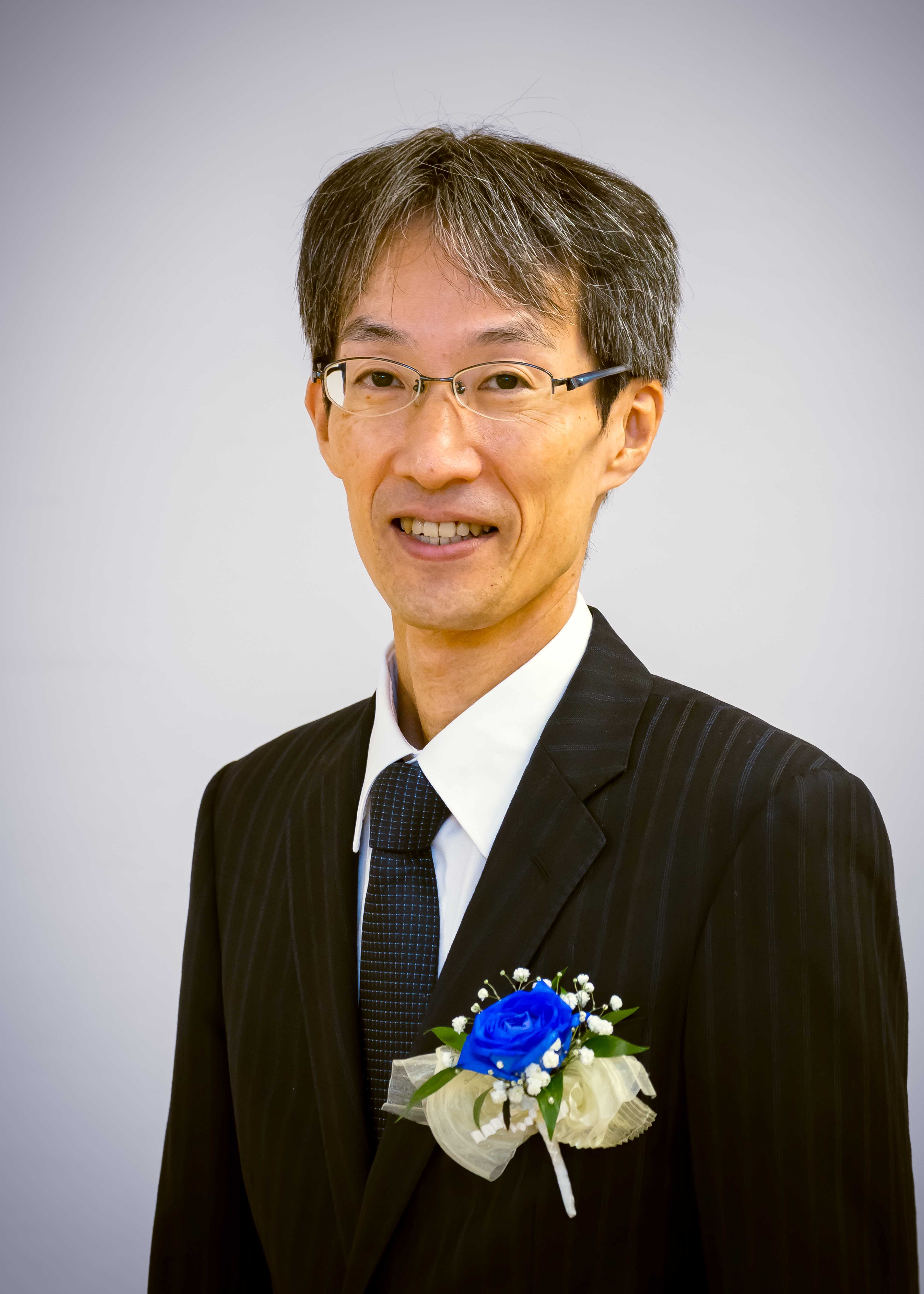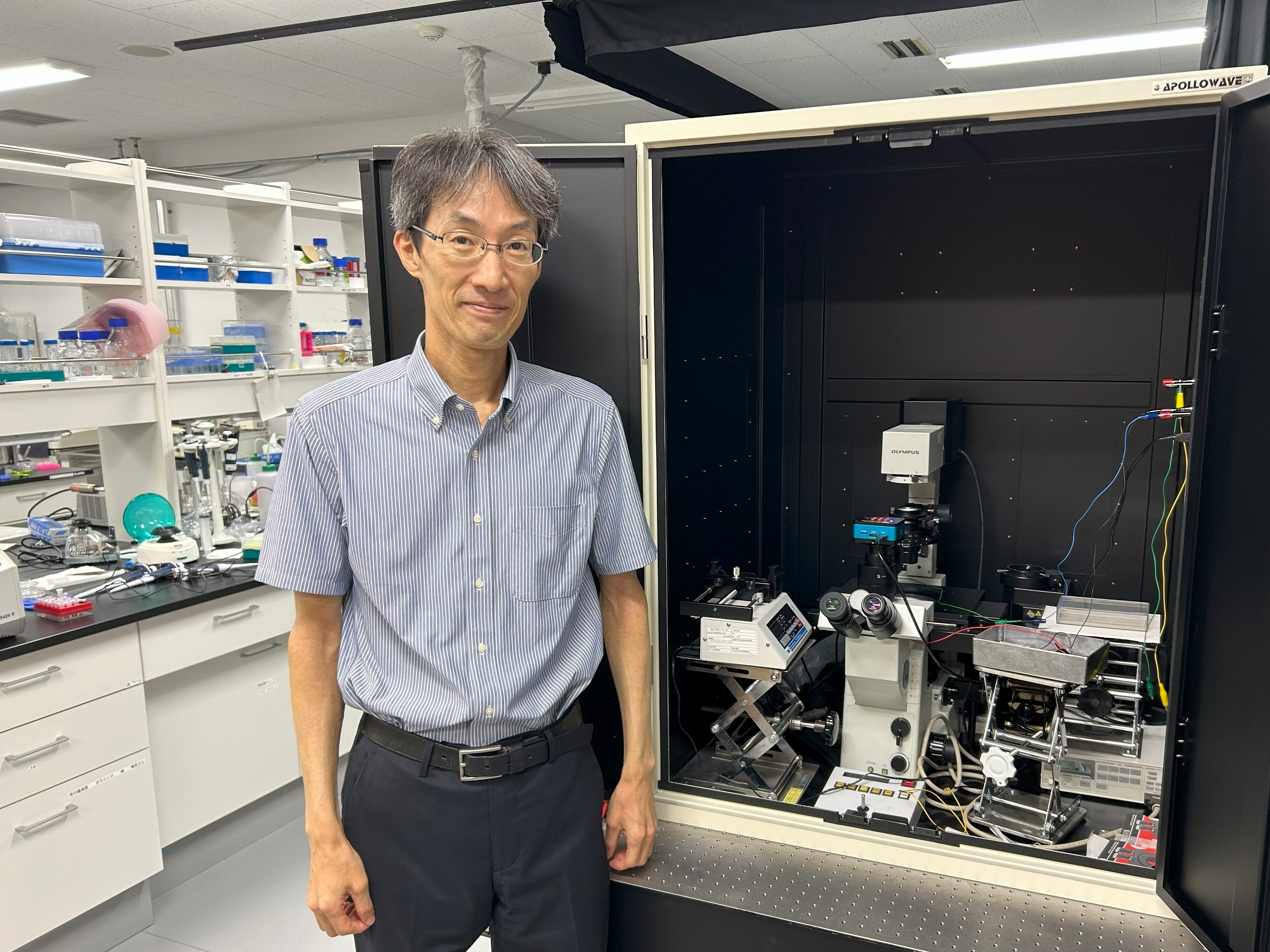Development of non-labeled, non-destructive single stem cell analysis technology for cell therapy

Dr. Noritada Kaji
Professor
Department of Applied Chemistry, Faculty of Engineering, Kyushu University
*The organization and the title are those when awarded
Research summary
Cell therapy*, an emerging technology expected to play a central role in new-generation medicine, requires the testing of graft cells to ensure their safety before transplantation. However, conventional methods of cell diagnosis mainly rely on identifying cells using markers (such as fluorescent protein labels) and analyzing internal DNA through destructive techniques like PCR, making it difficult to apply the diagnosed cells directly to cell therapy in clinical settings. Dr. Kaji has developed a technology that enables high-speed, label-free, and non-destructive measurement of cellular mechanical properties, such as stiffness and elasticity, at the single-cell level. This was achieved by integrating microscale compartments that are comparable in size to individual cells into a microfluidic device* and combining them with a simultaneous measurement system for electrical and optical signals. The technology enables rapid evaluation of cellular differentiation potential and accurate identification of cancer cells, all within an extremely short timeframe of just a few to several tens of milliseconds* per cell. This technology enables complete inspection of individual cells and is expected to contribute to improve screening method*4 in cell therapy, as well as to enhanced quality assurance and safety of cells prior to clinical application.


Introduction to Research





